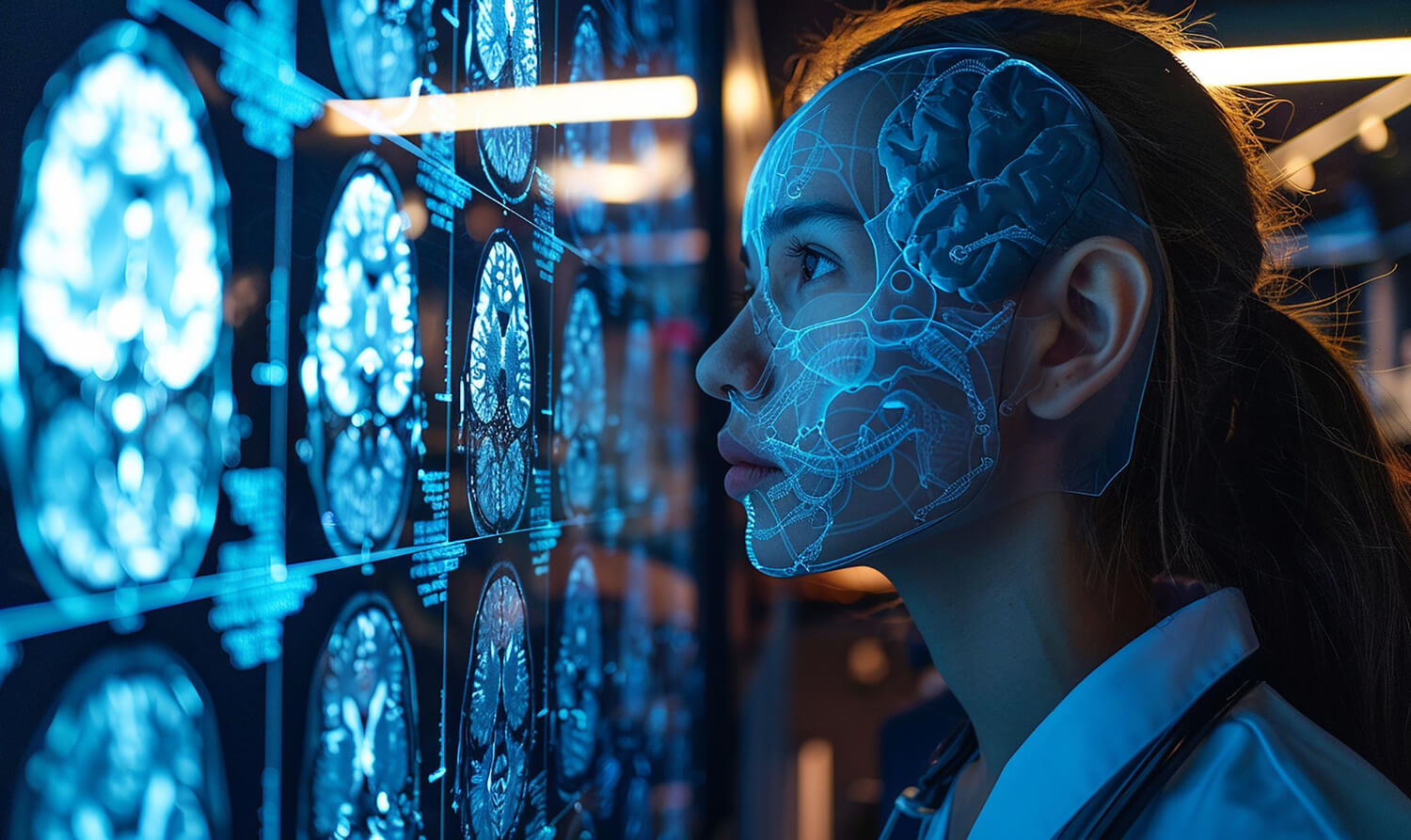
Neuralink's Potential for the Future
Published Aug 15, 2024Contents
- Understanding the Basics How Neuralink Works
- Applications in Daily Life and the Healthcare Industry
- Ethical and Social Implications of Neuralink
- The Current State of Neuralink and Future Outlook
- How Neuralink Aligns with Technological Advancements
- Conclusion The Potential Impact and What Lies Ahead
Understanding the Basics How Neuralink Works
To truly grasp the potential of Neuralink, it's essential to understand how it functions. At its heart, Neuralink is a brain-computer interface designed to facilitate communication between the human brain and external devices. This is achieved through a series of tiny electrodes implanted into the brain, which then relay information to a computer system.
The process begins with a surgical procedure where ultra-thin electrodes, thinner than a human hair, are implanted into the brain's cortex. These electrodes can detect and record neural activity, allowing them to interpret the electrical signals generated by neurons. The data collected is then transmitted wirelessly to a computer, where sophisticated algorithms decode the signals into actionable commands.
One of the most remarkable aspects of Neuralink is its potential for real-time communication. This means that users can interact with computers, smartphones, and other devices without any perceivable delay. Whether it's typing a message, controlling a drone, or playing a video game, the possibilities are virtually limitless, offering newfound freedom and independence to those who might otherwise be constrained by physical limitations.
Applications in Daily Life and the Healthcare Industry
The applications of Neuralink extend beyond simple interfacing with technology; they have profound implications for both daily life and the healthcare industry. One of the most compelling use cases involves aiding individuals with Locked-In Syndrome—a condition where patients are fully conscious but unable to move or communicate verbally. Through Neuralink, these individuals can regain their ability to communicate and interact with the world around them, providing a lifeline that enhances their quality of life.
In the realm of healthcare, Neuralink offers exciting possibilities for improving cognitive functions. For example, enhancing memory recall in patients suffering from degenerative diseases such as Alzheimer's. By interfacing directly with the brain's neural networks, Neuralink can potentially restore lost memories or even augment cognitive abilities, offering hope to millions affected by cognitive decline.
Real-time health monitoring is another groundbreaking application of Neuralink technology. By continuously tracking vital signs and neural activity, Neuralink can provide constant health updates and early warnings for critical conditions. This could revolutionize how chronic illnesses are managed, offering patients greater control over their health and well-being while reducing the burden on healthcare systems.
Ethical and Social Implications of Neuralink
While the potential benefits of Neuralink are immense, it's crucial to consider the ethical and social implications of such a powerful technology. The idea of directly interfacing with the brain raises concerns about privacy, security, and the potential for misuse. According to Professor David Chen, a bioethicist, "The ethical considerations surrounding Neuralink and brain-computer interfaces are complex and far-reaching. We must carefully navigate the path ahead to ensure both innovation and safety."
One of the primary concerns is the possibility of hacking or unauthorized access to neural data. If sensitive information can be extracted from or transmitted to the brain, it could lead to unprecedented invasions of privacy. This highlights the importance of developing robust security measures to protect users from potential threats.
Additionally, the social implications of Neuralink must be considered. How will this technology affect the workforce, education, and interpersonal relationships? Will it create a divide between those who can afford enhancements and those who cannot? These questions highlight the need for ongoing dialogue and collaboration between scientists, ethicists, policymakers, and the public to ensure that the benefits of Neuralink are accessible and equitable for all.
The Current State of Neuralink and Future Outlook
Neuralink is still in its infancy, but the progress made thus far is promising. The company has conducted extensive research and development, resulting in significant advancements in electrode technology, data transmission, and signal processing. While human trials are not yet widespread, initial experiments on animals have demonstrated the feasibility of the technology, setting the stage for further exploration.
Looking ahead, the future outlook for Neuralink is bright. The company aims to refine its technology, making it smaller, more efficient, and easier to implant. By doing so, they hope to expand its applications and reach a broader audience. The potential to transform lives, enhance human capabilities, and drive technological innovation is truly exciting, positioning Neuralink as a key player in the future of human evolution.
How Neuralink Aligns with Technological Advancements
Neuralink's vision aligns perfectly with the broader landscape of technological advancements. In an era where artificial intelligence, machine learning, and biotechnology are converging, Neuralink stands at the forefront of this technological revolution. By integrating cutting-edge neuroscience with state-of-the-art computing, Neuralink is pushing the boundaries of what is possible and redefining the relationship between humans and machines.
According to Sarah Li, a tech ethicist, "Elon Musk's vision with Neuralink is not just about creating a seamless interface between humans and computers, but about accelerating our evolution as a species." This sentiment captures the essence of Neuralink's mission and highlights its potential to propel humanity into a new era of discovery and innovation.
Conclusion The Potential Impact and What Lies Ahead
In conclusion, Neuralink represents a groundbreaking leap in our understanding of the brain and its interface with technology. With its potential applications in healthcare, communication, and beyond, Neuralink offers a radical reimagining of human capabilities that could reshape the future of our species.
However, as we continue to explore the possibilities of Neuralink, we must remain mindful of the ethical and social implications that accompany such powerful technology. Striking a balance between innovation and responsibility will be critical to ensuring a future where Neuralink benefits all of humanity.
For those intrigued by the promise of Neuralink and eager to learn more, consider engaging with experts, attending conferences, and participating in discussions on the subject. By staying informed and involved, you can contribute to the ongoing conversation and help shape the future of this exciting technology.
Grow your Instagram with Stormlikes

Georgia Austin
AUTHOR & EDITOR-IN-CHIEFGeorgia Austin is a writer who specializes in social media, marketing, and digital strategy. She is a graduate of Antioch College and earned her MBA at Boston College's Carroll Graduate School of Management, specializing in STEM Management. Her work has been published in numerous academic journals and mainstream publications. She lives in New England with her husband, two children, and three dogs.


